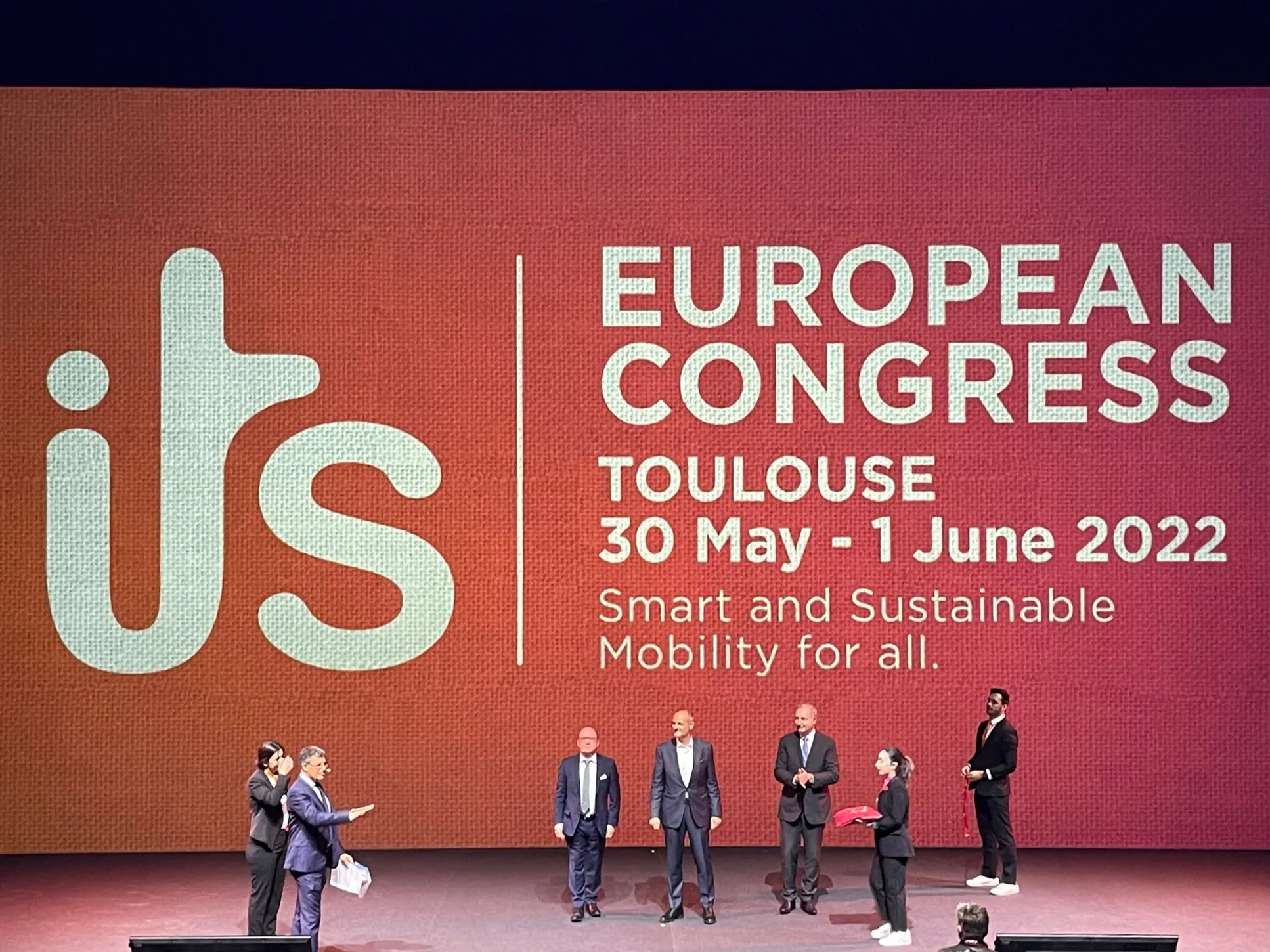If you want to speak at ITS World Congress 2020 in Los Angeles, you only have until next week to get your contribution in.
By Ben Spencer
February 3, 2020
Read time: 1 min

The organisers have extended the sessions and paper deadline to 12 February.
Interested speakers should go to the contributor portal and identify a technology that fits within one of the eight programme themes, which include autonomous vehicles, Mobility as a Service and smart cities.
Those who submitted a paper for the 2020 Transportation Research Board (TRB) Annual Meeting in January can also submit the same one for the ITS World Congress 2020 programme.
The 27th ITS World Congress is taking place at the Los Angeles Convention Center from 4-8 October.









